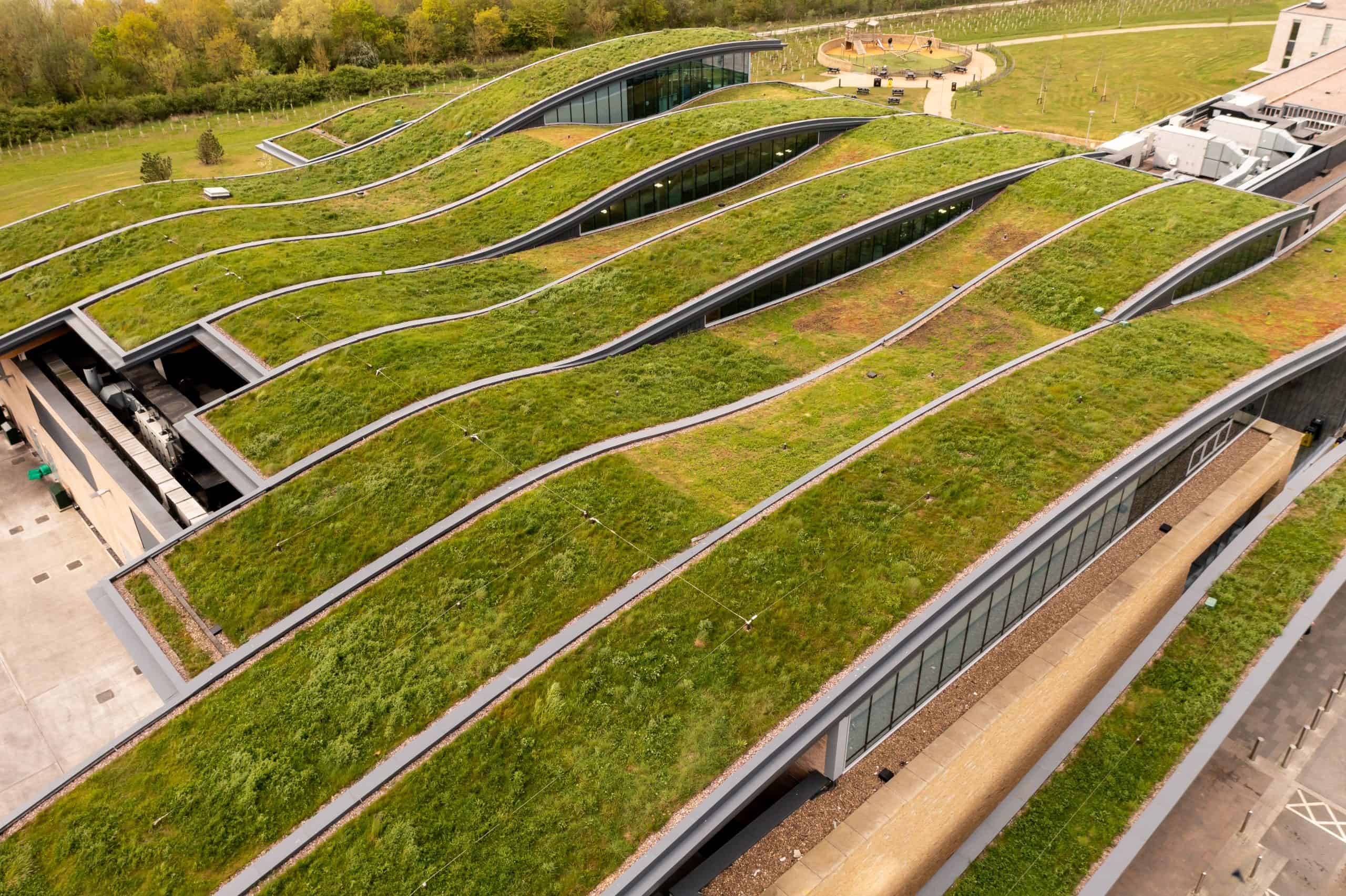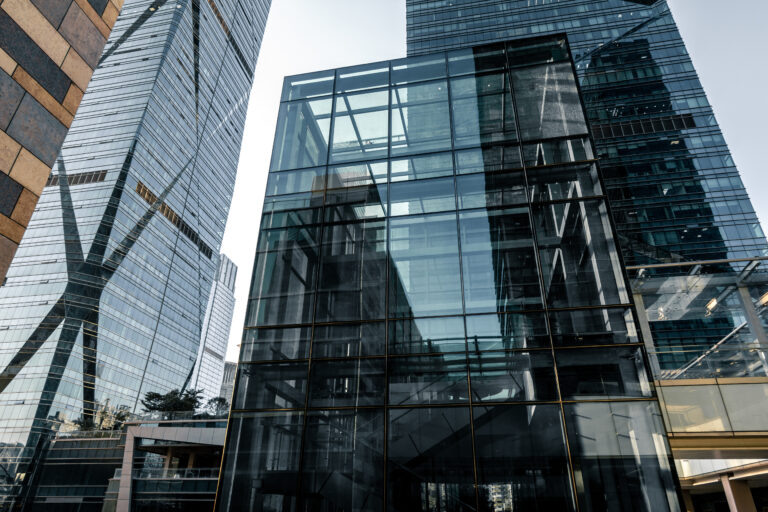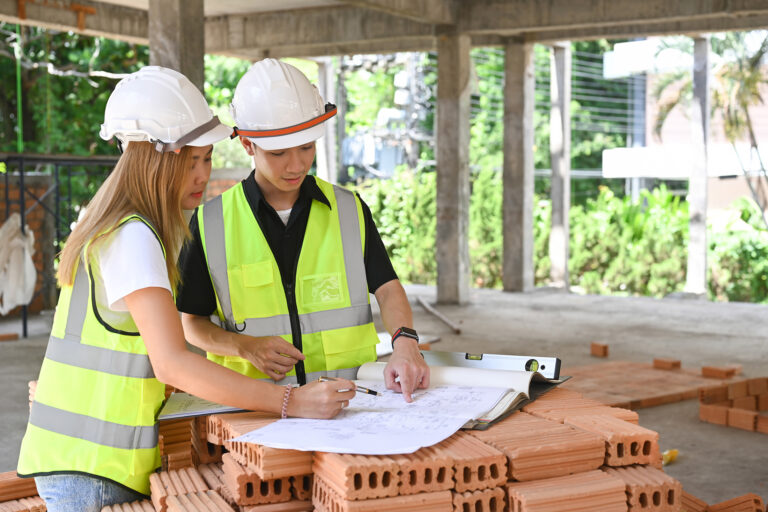In the coming decades, our built environments will face numerous challenges. Among them are a rapidly growing global population, increased urbanization, and escalating pressures from climate change. To accommodate these modern pressures, it is necessary to prioritize the development of smart cities, in which static structures such as buildings, bridges, and infrastructure are capable of adjusting to environmental changes and external stimuli. These innovations could involve living materials – materials that are capable of shape-shifting, self-healing, and even basic decision-making.
Traditionally, construction materials have been static, maintaining consistent properties over time. In contrast, living materials draw inspiration from nature, where very little is constant and adaptability is crucial for survival. These living materials, also referred to as biological building materials, integrate principles from the fields of biology and chemistry in order to create innovative solutions that are capable of combating climate change and improving sustainability. Usually, this means that microorganisms are involved in the material production process, wherein bacteria and other microbes generate materials capable of tasks such as self-repair, reproduction, and the absorption of harmful pollutants from the environment.
Living materials are extremely versatile in comparison to their static counterparts, offering more than just structural integrity; they mitigate environmental impacts, promote health, self-monitor, and can be recycled when no longer needed. A primary goal of these materials is to eliminate some of the more conventional building materials that produce carbon emissions. Cement is one such example; cement is a major contributor to industrial pollution, and replacing this material with a living building material, such as self-healing concrete, would significantly reduce the construction industry’s environmental impact.
Systems that incorporate living materials such as self-healing concrete also promote sustainability within the construction industry in other ways. For instance, these systems and materials are highly energy efficient; this is because they are not only capable of sensing changes within themselves and their surroundings, but they can also communicate and resolve issues without the need for networks of electronic sensors. This in turn reduces the energy costs that are associated with data transmission, and decentralizes decision-making processes, as living materials can autonomously sense and respond as needed. This approach not only enhances overall efficiency, but also addresses potential cybersecurity challenges in future smart cities.
While the vision of adaptive architecture using living systems remains a distant goal, progress has begun – and is sure to only gain speed as technology continues to improve. Early innovations in adaptable, energy-efficient, and sustainable materials are poised to revolutionize the construction industry, promising significant advancements ahead.
Looking for a team to take the lead on your next project? At Pulse Construction, we’re committed to doing business with an honest, professional, and competitive approach – without compromising safety or schedules. Contact us today for all of your building needs.



